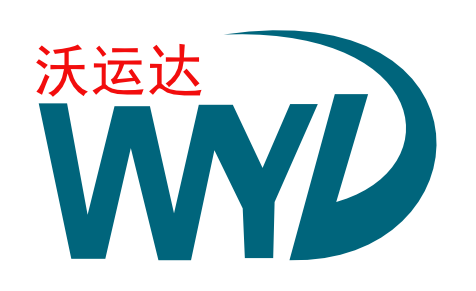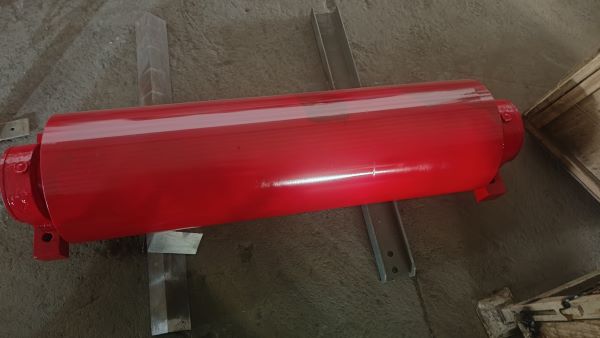
Structure & Performance: Compact structure, lightweight, space-saving, reliable performance. Adaptability: Works reliably in harsh conditions like dust, moisture, mud. Turning Angles: Can achieve 90°, 180°, 270° turns; adjustable per production needs.
The bend pulley, also called a guide pulley, is a key component in belt conveyors. It's primarily used to change the belt's running direction or tension it to increase the wrap angle around the drive pulley.
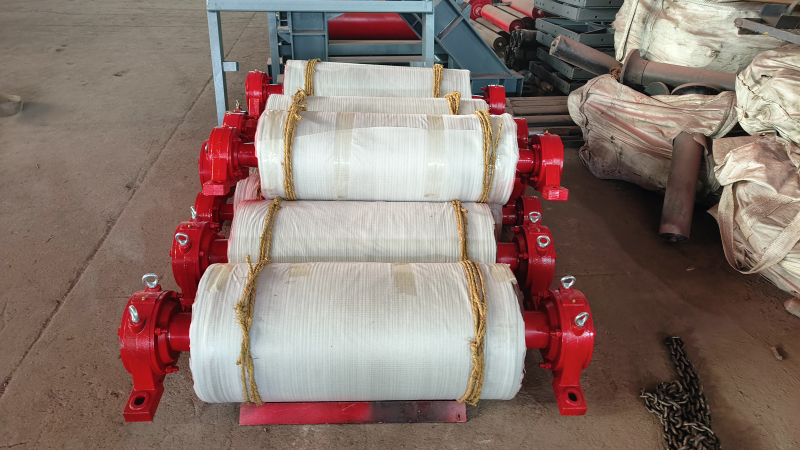
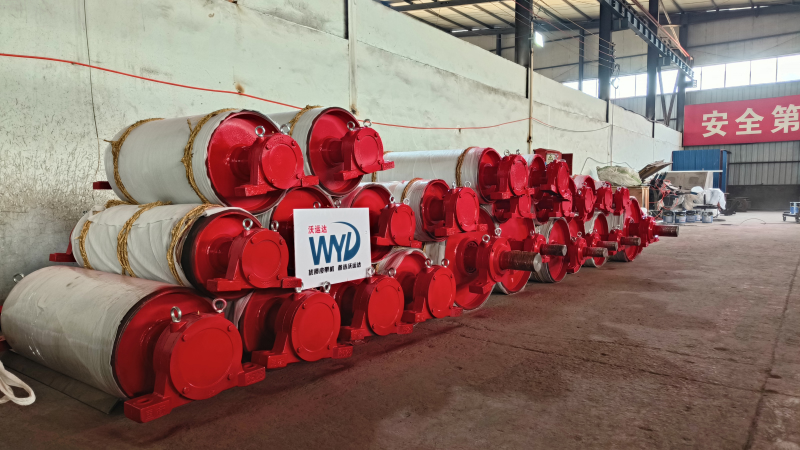
Bend Pulley
Features
Compact structure, lightweight, space-saving, reliable, aesthetically pleasing, safe, and easy to use. Performs reliably in harsh conditions like high dust, moisture, and mud.
Classification
(1) By capacity: Light, Medium, Heavy duty. Diameter ranges: 50-100mm, 120-180mm, 200-260mm. Structure aligns with drive pulleys.
(2) Used to change belt direction: 180° turns typically at tail or take-up; 90° turns above take-up; snub pulleys for ≤45° angles.
(3) Surface: Bare smooth steel or smooth rubber.
Handled Goods: Cartons, pallets, wooden boards, etc.
Bearing Grade: Semi-precision bearings.
Structure: Carbon steel galvanized stamped bearing assemblies pressed into outer tubes.
Shaft: Cold-drawn round tube (zinc-plated on request), stainless steel.
Surface Treatment: Optionally rubber-covered, polyurethane-covered.
Characteristics: Extremely flexible, smooth rotation, low noise.
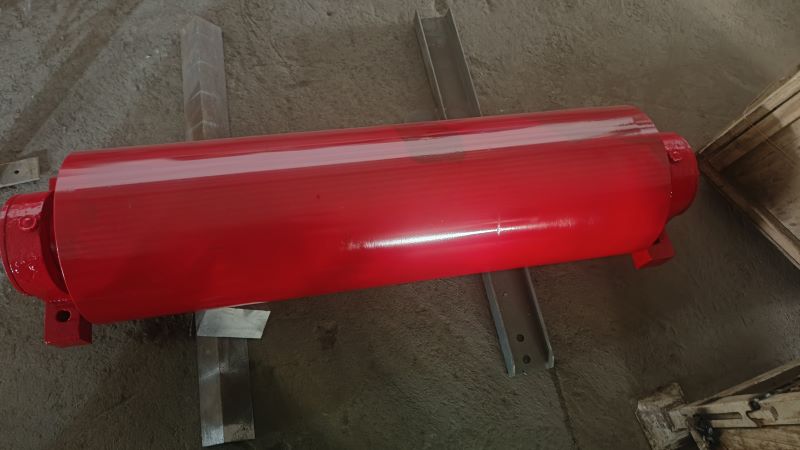
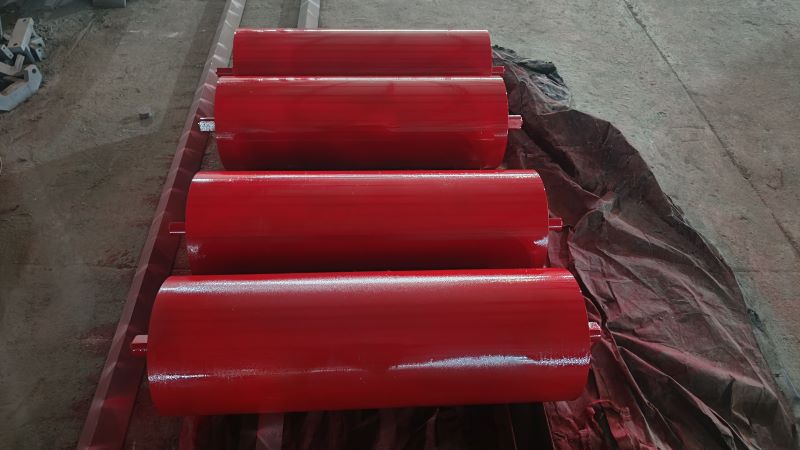
About Lagged Pulleys
Lagged pulleys are crucial in belt conveying systems. Lagging protects metal pulleys from wear, prevents belt slippage, ensures synchronous pulley-belt movement, enabling high-efficiency, high-volume operation. It also minimizes sliding friction, reduces material adhesion, preventing belt misalignment and wear. Widely used in steel, metallurgy, coal, cement, power generation, fertilizer, grain storage, ports.
Lagging Materials
Natural Rubber (NR), Nitrile Rubber (NBR), Neoprene (CR), EPDM, Polyurethane (PU).
Technology
Two main types: Traditional Hot Vulcanization (rubber bonded to pulley in autoclave) and Cold Vulcanization (special adhesives for direct bonding, allowing on-site/in-mine lagging, reducing labor costs).
Bend pulleys change belt direction or increase belt wrap angle on the drive pulley.
Pulley Components
1. Shaft: Typically 45# or 40Cr round steel. (Custom materials available)
Process: Cutting - Rough Machining - Precision Machining.
2. Hub: 45# Steel - Cast Steel Hub - Expansion Coupling.
3. Connection: Expansion Coupling / Key.
4. Welding: Manual AC welding or CO2 Gas Shielded Arc welding (faster, no porosity, aesthetically better, less labor).
5. Bearings: Spherical Roller Bearings.
6. Bearing Housings: Cast iron for Light/Medium duty; Cast steel for Heavy duty. Grease nipples for lubrication.
7. Surface Covering: Options include bare smooth steel, smooth rubber, herringbone rubber, diamond pattern rubber.
Examples: Bare pulley without housing - Take-up pulley - Lagged pulley - Herringbone lagged pulley - Lagged bend pulley - Bare smooth steel pulley - Brass grease nipple.
Pulleys with housings - DTII housing - DT75 bend pulley - Mining internal bearing pulley - Lagged pulley after machining - Machined diamond lagged pulley - Tail take-up pulley - Drive pulley on head frame.
Frequently asked questions
Frequently asked questions
Frequently asked questions
Frequently asked questions
Frequently asked questions
Frequently asked questionsFrequently asked questions
Frequently asked questionsPackaging and transportation
Packaging and transportation
Packaging and transportation
Packaging and transportation
Packaging and transportation
Packaging and transportation
Packaging and transportation
Packaging and transportation
WeChat QR code
Scan it, you can chat on WeChat
